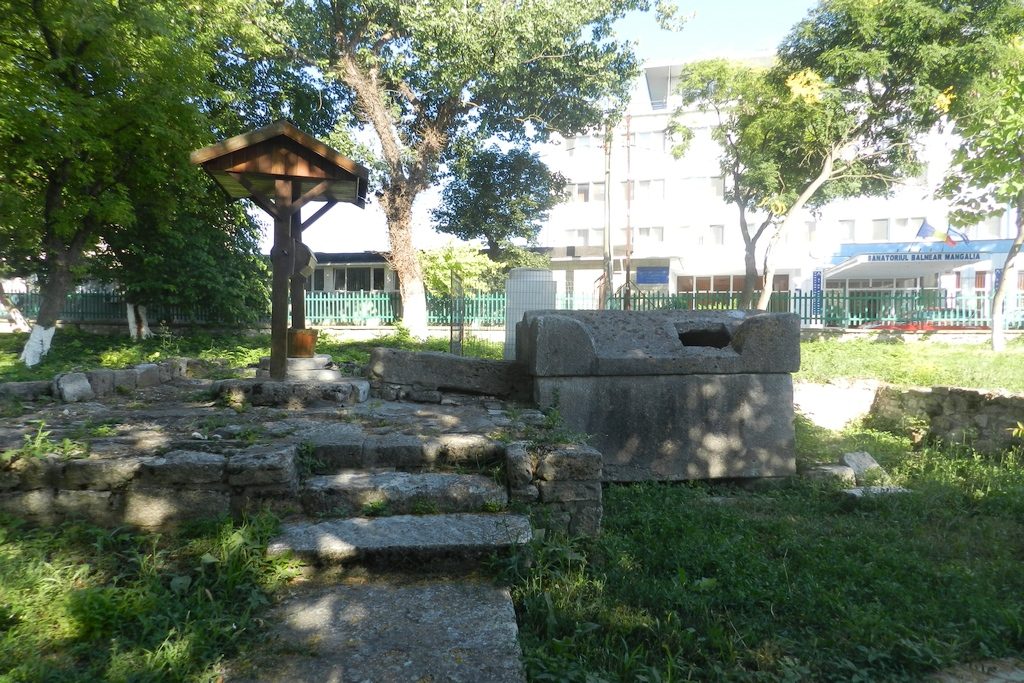

The citadel of Callatis has been founded, according to the written historical sources, at the end of the VIth century b.Ch., by the Dorian colonists who came from the Heraclea Pontica, at the command of an oracle, on the place of a Getic settlement name Acervetis or cerbatis. But the archeological sources place the founding of the citadel in the IVth century b.Ch., because of the fact that the oldest archeological materials, discovered by us until now, are dated from this period. In the middle of the IVth century b.Ch., there is built, from big blocks of stone, the interior wall of the citadel, which seemed to have had a surface of 80 hectares. At the same time, there is built the citadel’s port, Callatis. By the end of the VIth century A.D., the citadel met its decline, its end being also written by the attacks of the migrating nations. Callatis has been definitively ruined by the attacks of the Avars and by the Slavs at the beginning of the VIIth century.
The archeological site of Mangalia is an integrated part of the Citadel of Callatis and is extended on a surface of 1.000 s.m. Following the archeological diggings, there have been discovered and researched the architectural elements from the Roman-Byzantine époque belonging to the southern district of the Citadel of Callatis. Among the most important discoveries there are mentioned: the main road with a width of 6 meters, paved with flagging, oriented to East – West and provided with a collecting drainage and with a little thermal construction, composed of two chambers with walls executed in opus mixtum.
Through the researches undertaken in the period 1990 – 1992 in the 7 sections, it has been established the existence of two distinct constructions, placed on the North of Oituz street and one construction at the Southern part of the same street. The two constructions, having the same orientation as the street, are separated by an access corridor, a lane, whose width varies between 0,85 m and 1 m. The walls have bulks which vary between 0,55 and 0,80 m and are built from semi-featured limestone blocks, connected with yellow clay.
The dating of the entire complex based upon the discovered material: the fragmentary ceramic (skyphoi, kantharoi, phials, bolls) and derivation stamped amphora handles (Cos, Sinope, Thasos), can be made in the IV-II a.e.n. centuries.
Currently, the ruins of the citadel are located in the President Hotel, being protected and maintained in the initial state.



